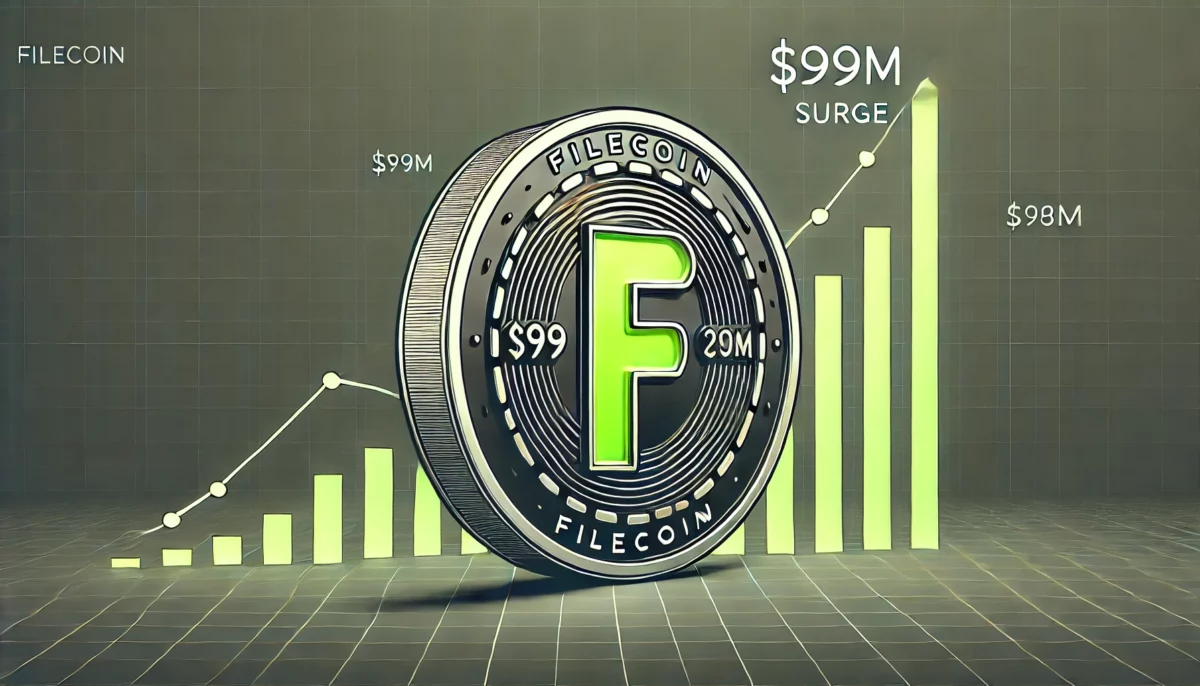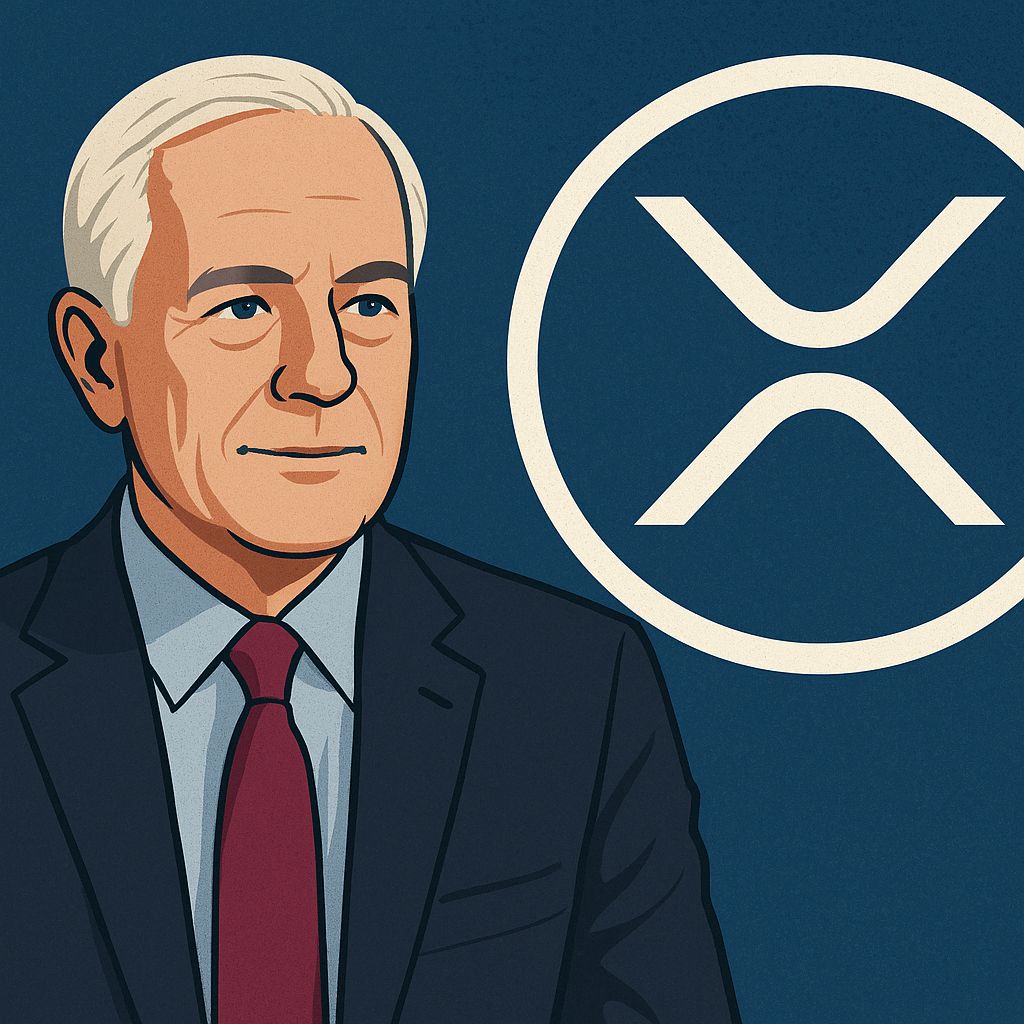What other ambitious projects are still prevalent in the crypto market?
Superficially Shiny, Internally Weariness
Original Article Title: Crypto's Waning Ambition
Original Article Author: Ignas | DeFi, Co-founder of @PinkBrains_io DeFi Creator Studio
Original Article Translation: Ashley, BlockBeats
Editor's Note: After experiencing multiple innovation cycles, the crypto industry is now entering a period of prosperity with sustained price increases. However, behind the seemingly bright surface lies a hidden concern—the innovation engine is gradually slowing down, and risk aversion is eroding ambition and adventurous spirit. From DeFi, NFTs to Decentralized Science (DeSci), past radical ideas are gradually being replaced by more prudent business models. This article profoundly analyzes this phenomenon and discusses the opportunities and risks that perhaps the last "bubble-like innovation" may bring. Faced with a maturing industry, can the crypto world regain the fearless ambition of its early days?
The following is the original content (slightly reorganized for better readability):
A Shiny Surface, But Fatigue Within
At first glance, the crypto industry seems to be thriving: after years of rejection, spot ETFs have finally launched, and Bitcoin and Ethereum ETFs have attracted record-breaking inflows of funds; Trump's election as president opened the door for the crypto industry to approach mainstream American society, and with increased lobbying efforts, Gensler and other opponents face greater pressure; today, the crypto industry has been recognized as an independent industry, with Bitcoin even being considered a reserve asset by some countries.
On the price front, I remain optimistic about the crypto market, with the main upward momentum coming from external macro factors. However, I believe that the innovation engine within the crypto industry is gradually slowing down.
As the industry matures, innovation naturally slows down, but despite this, prices may continue to rise even in the face of innovation deceleration.

The Real Issue: The Retreat of Ambition
But I dare say that the slowdown of innovation is not the root cause of the problem but a symptom. The real issue is that our ambition is waning, and the industry's aversion to risk is increasing.
The crypto industry once rose due to its world-changing radical ideas but now seems content with pursuing regulatory approval and institutional adoption.

Don't just take my word for it, see how Vitalik wrote about "Bringing Ethereum Back to Its Cypherpunk Roots" in a 2023 blog post:
“Our purpose is not just to develop isolated tools and games, but to holistically drive towards a freer, more open society and economy, where different parts of technology, society, and the economy interweave with each other.”
Think about it carefully: What innovations have we seen in this cycle?
AI×Crypto is one.
But AI is an external innovation; without it, this cycle might have still been stuck in meme coin hype.
Personally, I'm not a fan of meme coins because their sole true purpose is quick enrichment rather than truly changing the world. The purpose of these projects is merely to make you rich enough to no longer care about external world issues.
Do you remember the common phrase we used in the previous cycle?
“[Project Name] is the most egalitarian thing we've seen, ambitious, and if successful, will truly change the social structure.”
However, in comparison, in the previous cycle, we witnessed various radical innovations:
DeFi
NFTs
DeFi Mining
Play-to-Earn games like Axie Infinity
Metaverse

Between 2020 and 2021, there was a peak in tokenomic innovations, such as:
Rebasing Tokens (Ampleforth)
ve Model Tokenomics
(3,3) Model
Liquidity Mining
Using SNX as collateral for sUSD
Multiple algorithmic stablecoins
Current projects and VC supporters now tend to adopt time-tested simple tokenomic models, leaning towards sustainable operations, as they usually only have one shot at a TGE.
$EIGEN (Subjective Objectivity Token) is a rare exception in the tokenomics space.
The 2017 ICO craze can be seen as the peak of ambition, where various bold ideas attempted to decentralize everything. It was an imaginative bubble, with many ideas being too wild and unattainable, leading to the failure of most projects, with surviving projects having to dilute their visions.

However, these wild concepts have attracted a group of people eager for a completely different world, myself included.
I recently read B. Hobart and T. Huber's book "Boom: Bubbles and the End of Stagnation," where they explain that transformative progress comes from small groups with a unified vision, ample funding, and almost no need for accountability. They believe that despite the negative reputation of financial bubbles, many past breakthroughs have benefited from them, and future progress will also be driven by them.
Although we have not completely bid farewell to the era of 'lack of accountability,' with strengthening regulations, the industry's risk aversion sentiment is increasing, and this may be the last major bubble cycle that can bring about actual innovation. I hope that the AI and crypto-combined bubble will at least spawn one or two killer applications.
Ambitious Projects Still Alive
It's not that there are no ambitious crypto projects at present; here are some worth noting:
Ethena: Fusion of DeFi, CeFi, and TradFi
Chainlink: Bridging on-chain and real-world data for tamper-proof smart contracts
Pudgy Penguins: Expanding from Web3 IP branding to the Web2 space
WorldCoin: Enabling universal on-chain identity via eye scan, with potential AI-backed UBI
Liquity/RAI: The ultimate decentralized stablecoin
Arweave/Filecoin: Permanent storage and anti-censorship
Farcaster/Lens: Redefining social media
Polymarket: Truth source in the era of fake news
Bio Protocol (DeSci): Disrupting scientific research by altering the incentive system
Bitcoin: The revolutionary digital gold
You might think WorldCoin's eye scan is too radical or that Liquity v2 and its stablecoin named $BOLD cannot succeed. However, these are the risks that ambitious protocols are willing to take. They are the most egalitarian things we have seen, ambitious, and if successful, will truly change the social structure.
Ethereum is conspicuously absent from this list. Perhaps I am overly critical of ETH, but Vitalik's cypherpunk vision is hardly felt on Twitter. The upcoming fork will have some very minor updates, at least imperceptible to users. It will abandon sharding and L1 scalability, with the best we've come up with lately being a slight increase in the block gas limit.
Ethereum seems to have outsourced both execution and ambition to L2.
ETH's guiding star is still not visible. I hope to see Ethereum great again, with radical new ideas emerging. However, at the moment, Ethereum seems to have embraced the view that a modular blockchain is not scalable, while Solana has chosen a completely different path, sticking to a single-chain model, although network scalability may eventually prove Ethereum's approach to be correct.
Humanity Needs New Frontiers
The world, especially the West, seems to be stuck.
Wage growth is stagnant, the latest iPhone no longer brings excitement, even music sounds repetitive. We keep seeing the same movies being remade because launching a new movie carries a higher risk than remaking a classic. To some extent, we are even moving backwards. For instance, the travel time from London to New York is longer now due to the retirement of Concorde planes compared to the 1970s.
However, crypto remains one of the fastest-growing and most innovative industries in the world, perhaps only second to AI. But I always feel that our pace of innovation and ambition is declining.
Part of the reason is the inevitable result of industry maturity, but we also seem to be starting to accept many technological limitations.

DeFi and DAOs that are no longer fully decentralized seem to have become an acceptable fact. Instead of truly decentralizing DeFi, we simply renamed it to on-chain finance, and the problem was considered solved. Ethereum's inability to scale at L1 is also fine, and the tokenomics innovation is lacking.
The difference in market capitalization between $LQTY and $ENA shows that we no longer truly need decentralized stablecoins; high yields are more important.
Perhaps, with each passing cycle, our diminishing ambition to push boundaries is followed by the gradual dullness of the crypto industry.

After all, if token prices are rising, why take risks :)
Disclaimer: The content of this article solely reflects the author's opinion and does not represent the platform in any capacity. This article is not intended to serve as a reference for making investment decisions.
You may also like
FIL Price Forecast: Explosive Growth Likely After Filecoin (FIL) v1.32.2 Upgrade

Teucrium CEO Endorses XRP as Essential for Future Financial Infrastructure

EURC Hits New Record as Demand Grows Across Blockchains

Strategy₿ Resumes Bitcoin Acquisitions, Buys $285.8M in BTC

